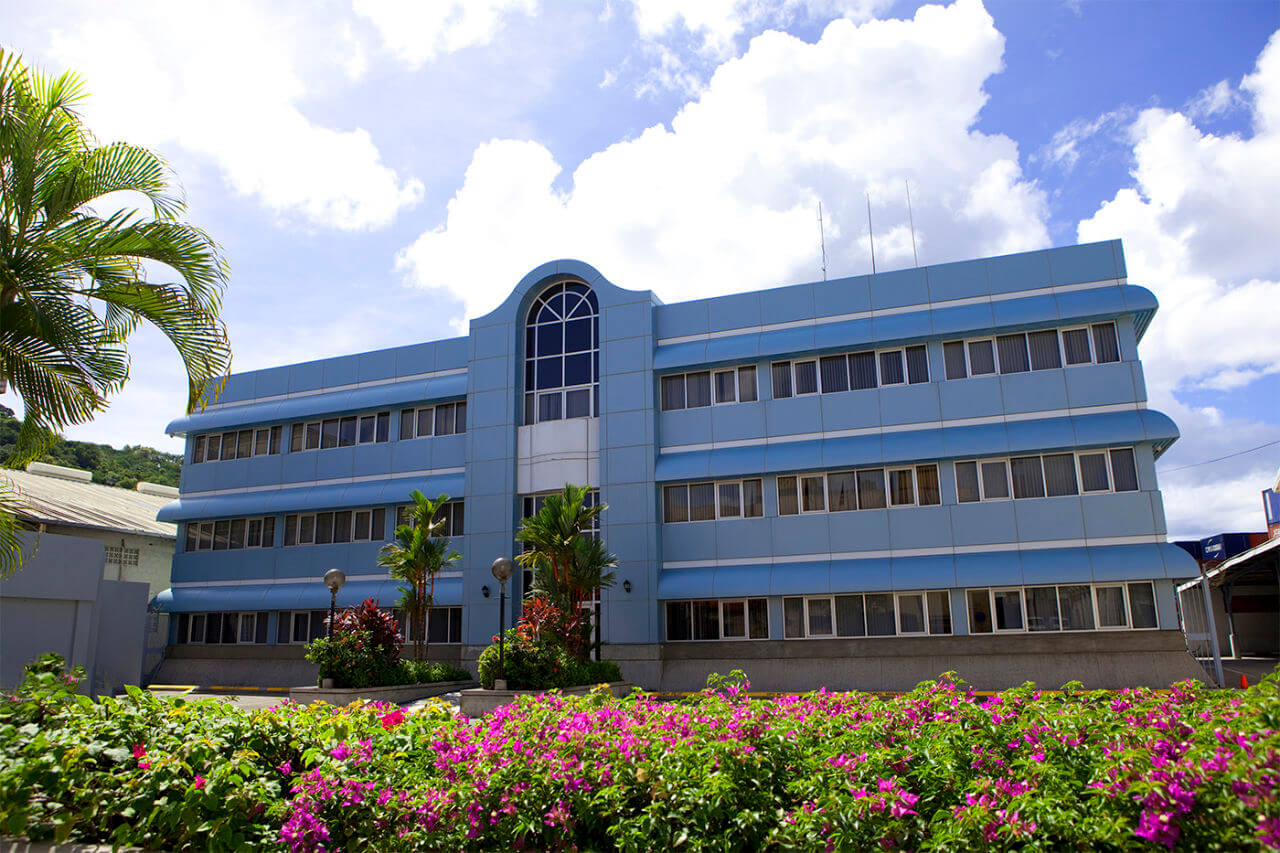
News Categories
View all- Media Room Updates
- Press Releases
- Port News
- Portfolio
- Re-Port
- Press Release Archive 2012
- Press Release Archive 2011
- Press Release Archive 2010
- Press Release Archive 2013
- Portfolio Archive 2013
- Port News Archive 2007
- Port News Archive 2008
- Port News Archive 2009
- Portfolio Archive 2010
- Portfolio Archive 2011
- Portfolio Archive 2012
Upcoming Events
View All- No upcoming events.
Slaspa Security Takes Nothing For Granted
Last week in Portfolio, we told you about SLASPA’s modern tailored human resource system. This week, we delve into the Port Police Division and the how the men and women don’t take anything for granted. Tuesday September 11, 2001 was a turning point for airports and seaports around the globe. Security procedures were upgraded, costing seaport and airport authorities millions of dollars to improve systems to protect passengers, cargo, buildings, staff and property.
The date – now known to the world as 9/11 – also resulted in security services at SLASPA’s airports and seaports becoming more focused and tuned to the possible threat of terrorism. SLASPA’s own Port Police Division, connected to the Royal Saint Lucia Police Force (RSLPF), comprises about 160 fully trained male and female officers with powers to arrest and prosecute. Their task is not an easy one and strict international standards introduced post-9/11 are rigorously followed.
Security at SLASPA’s two seaports meets requirements set by the International Ship and Port Facility (ISPS) code, covering security regulations for vessels and facilities. SLASPA is fully ISPS compliant and remains vigilant in ensuring safety and security meets the highest levels at Port Castries and Port Vieux Fort. Protecting cruise passengers is another task. Passengers returning from shore excursions must produce the correct documentation allowing them to return to their ship. SLASPA’s Port Police department controls all of the port’s access points with a view to protecting passengers until their vessel departs.
The department is also charged with inspection of freight containers arriving and leaving the port. Empty containers are opened to ensure that no human trafficking or smuggling is taking place. All seals and documents are rigorously checked before containers are allowed to continue through the port.
Closed Circuit Television (CCTV) systems are in place at strategic locations around SLASPA facilities to monitor activity on a 24-hour basis. New security gates and fencing have been installed around seaports and airports and similar security procedures are followed at Saint Lucia’s ferry terminals and marinas, where police are often reinforced by private security companies acting as a backup when required.



